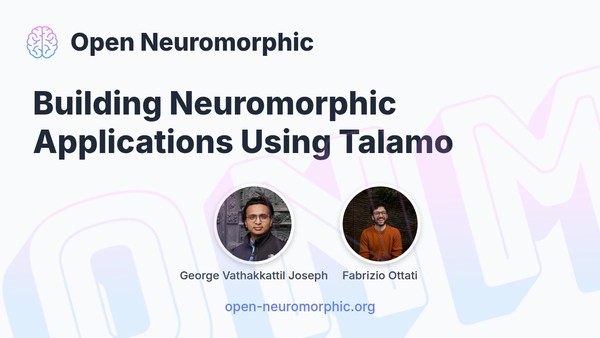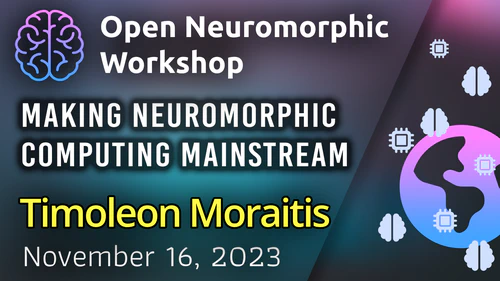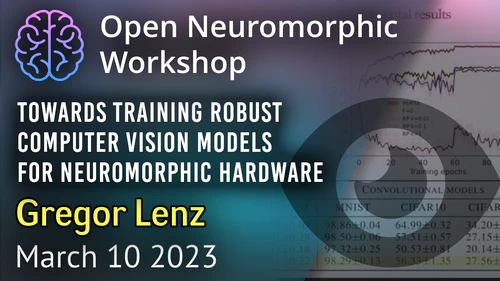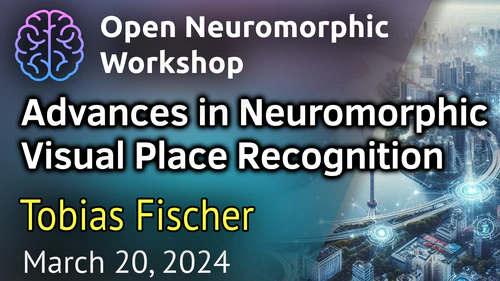Innatera is a trailblazing developer of ultra-low power intelligence for sensors. It enables fast and efficient processing of sensor data by combining a revolutionary brain-inspired computing architecture with powerful new software.

Upcoming Workshops
No workshops are currently scheduled. Check back soon for new events!
Are you an expert in a neuromorphic topic? We invite you to share your knowledge with our community. Hosting a workshop is a great way to engage with peers and share your work.
Inspired? Share your work.
Share your expertise with the community by speaking at a workshop, student talk, or hacking hour. It’s a great way to get feedback and help others learn.






